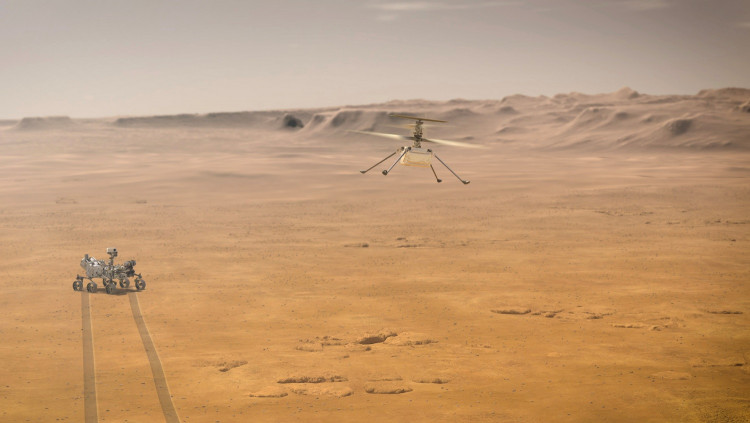NASA's Mars 2020 Perseverance Mission is a few hours away from preparing to land the agency's newest rover on the Red Planet. Engineers at NASA's Jet Propulsion Laboratory in Southern California have announced that the probe is stable and on schedule at around 3:55 p.m. EST (12:55 p.m. PST) in Jezero Crater on Feb. 18.
But before all of the pioneering work can start, Perseverance must nail its touchdown within the crater. There is no certainty that the rover will withstand this challenging ordeal; over the years, only 40% of all Mars surface missions have landed successfully.
That statistic is tainted by a lot of setbacks in the first few decades of the Space Age. NASA's recent Mars track record is quite promising, and Mars 2020 will use a proven landing strategy-the 'sky crane' technique successfully used by its predecessor, the Curiosity rover, which landed in August 2012 and to this day remains active.
Here's a quick rundown of the Mars 2020 mission's forthcoming entry, descent, and landing (EDL) operations to get you ready for the big day.
All past rover descents to Mars were aimed at comparatively big, open areas due to the inherent inaccuracy of the descent at high speeds followed by a period of vigorous movement in a special set of Martian airbags.
But Perseverance was designed to search for signs of life in the ancient river delta, dunes, and boulders inside the 28-mile-wide (45-km) Jezero crater, so imprecision has no place. If Perseverance is sloppy in its landing accuracy, the rover could smash to pieces on the side of the crater wall or wound up beyond the crater, where it would be difficult or impossible to reach its intended destination owing to the terrain.
So as soon as Perseverance reaches the atmosphere swaddled by a heat shield, small rockets on its back will start firing to change the position of the heat shield. These changes in angle would help the system to handle the Martian atmosphere like a superheated, fast-descending, hang-glider.
You can follow all the action in (nearly) real-time: NASA will cover this important milestone for humanity, starting at 2:15 p.m. EST, Feb. 18. You can watch it directly via NASA's official stream.




